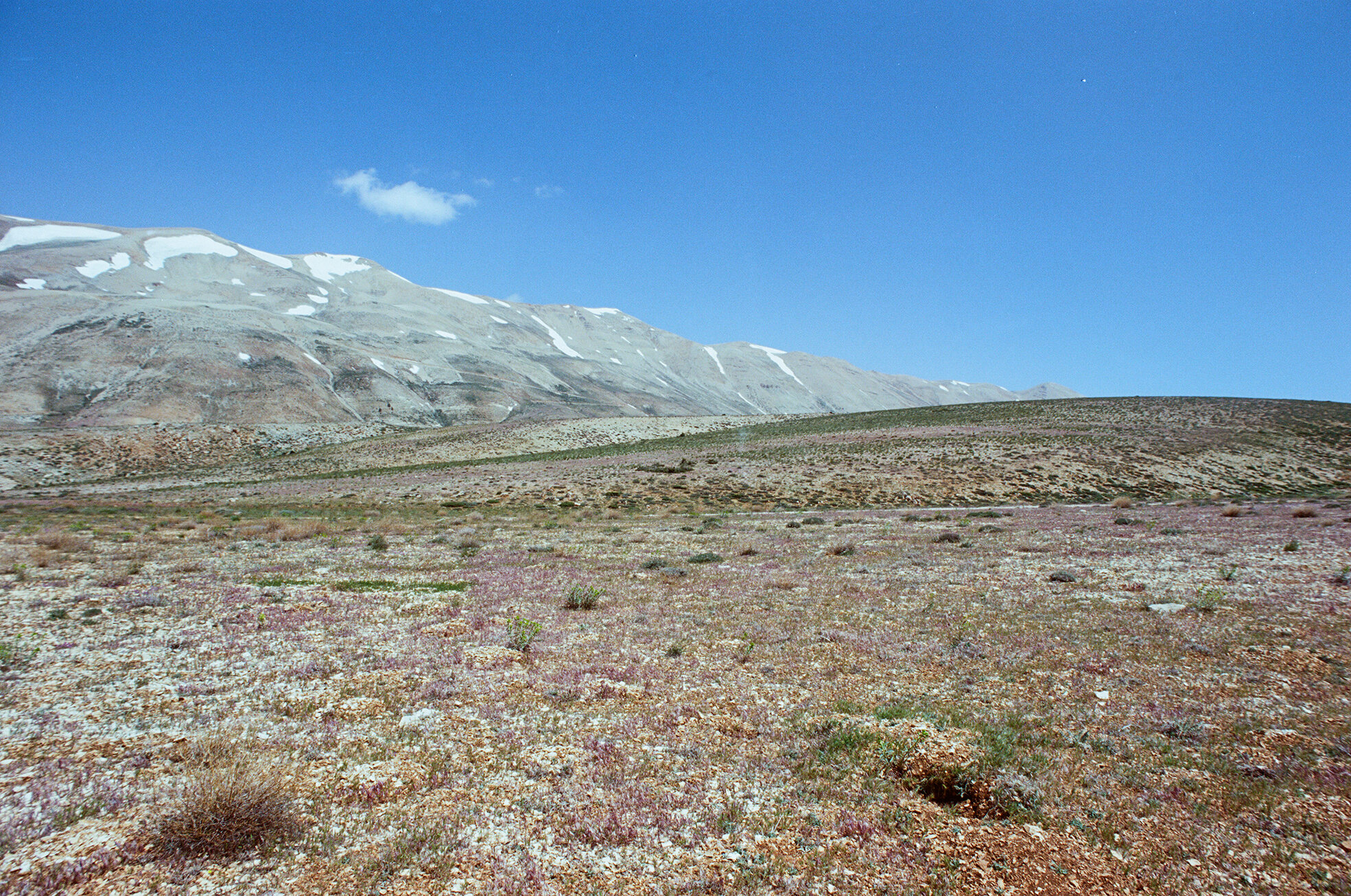
Partly published in Six, Seven Photography Zine, March 2018.
This series was part of a longer project aiming to document and visualise an alternative understanding of the Lebanese landscape.

A characteristic of the Lebanese territory is its geographic and topographic organisation in linear strips along the coast.
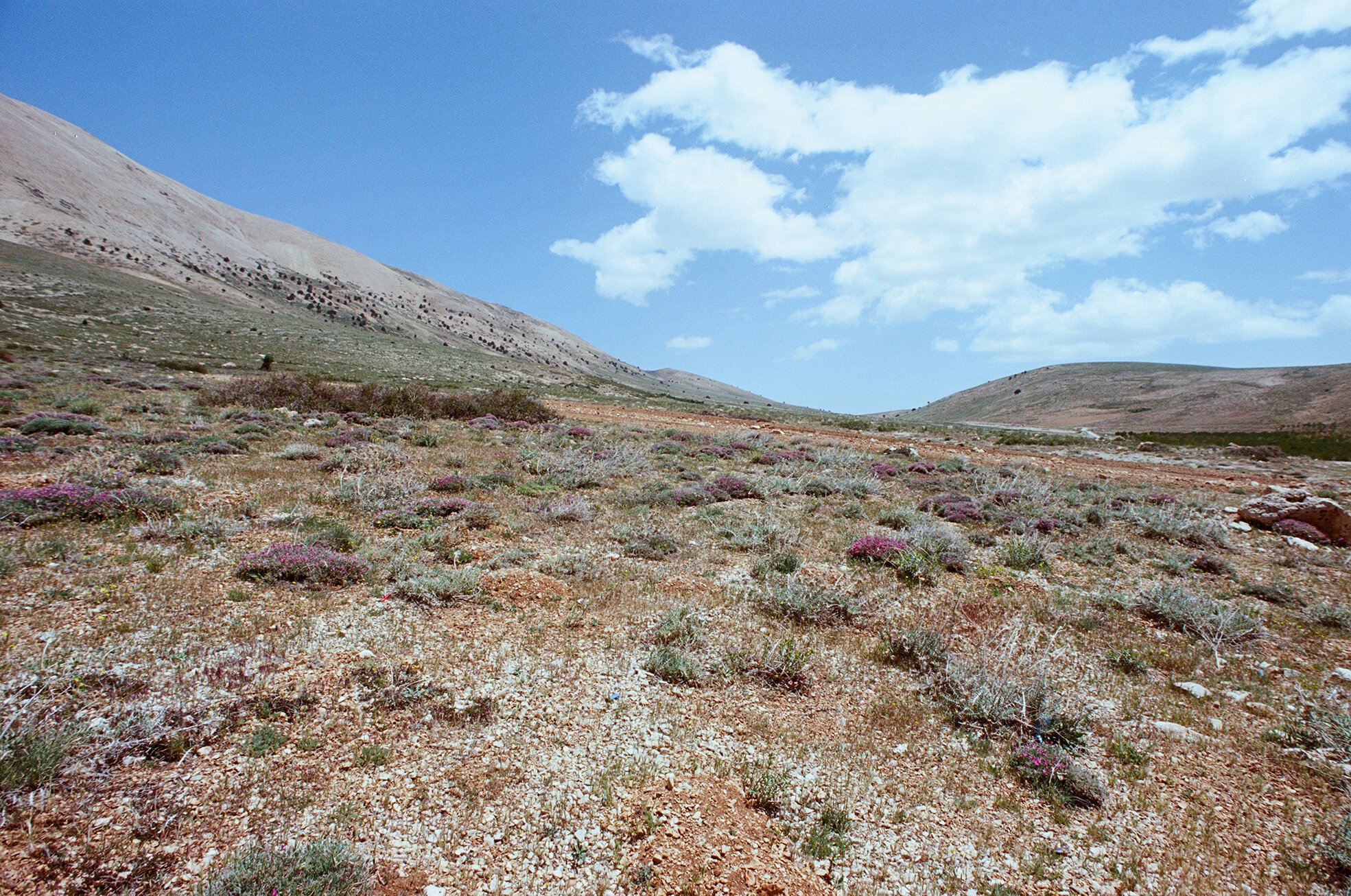
Historic and modern-day routes and towns have developed perpendicularly to its length, crossing above the heights of Mount Lebanon and down into the Beqaa Valley.

In contradistinction to these routes are the landscapes of non-urbanity and unfettered nature that these very roads traverse: the ridges of Mount Lebanon, the lines on the map that define districts, the physical areas that lie beyond the legality of villages, on either side.
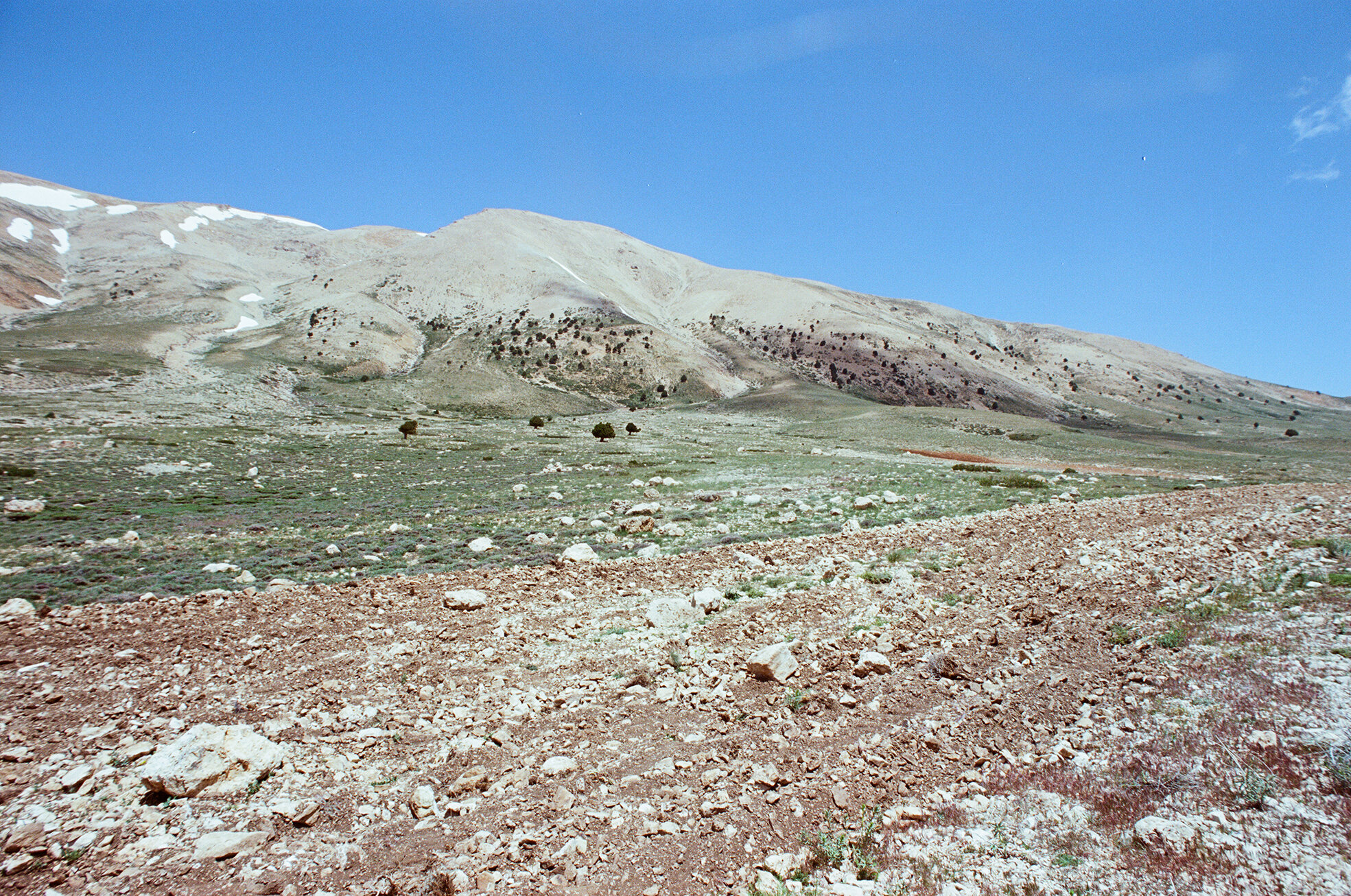
Here, a different type of landscape emerges.
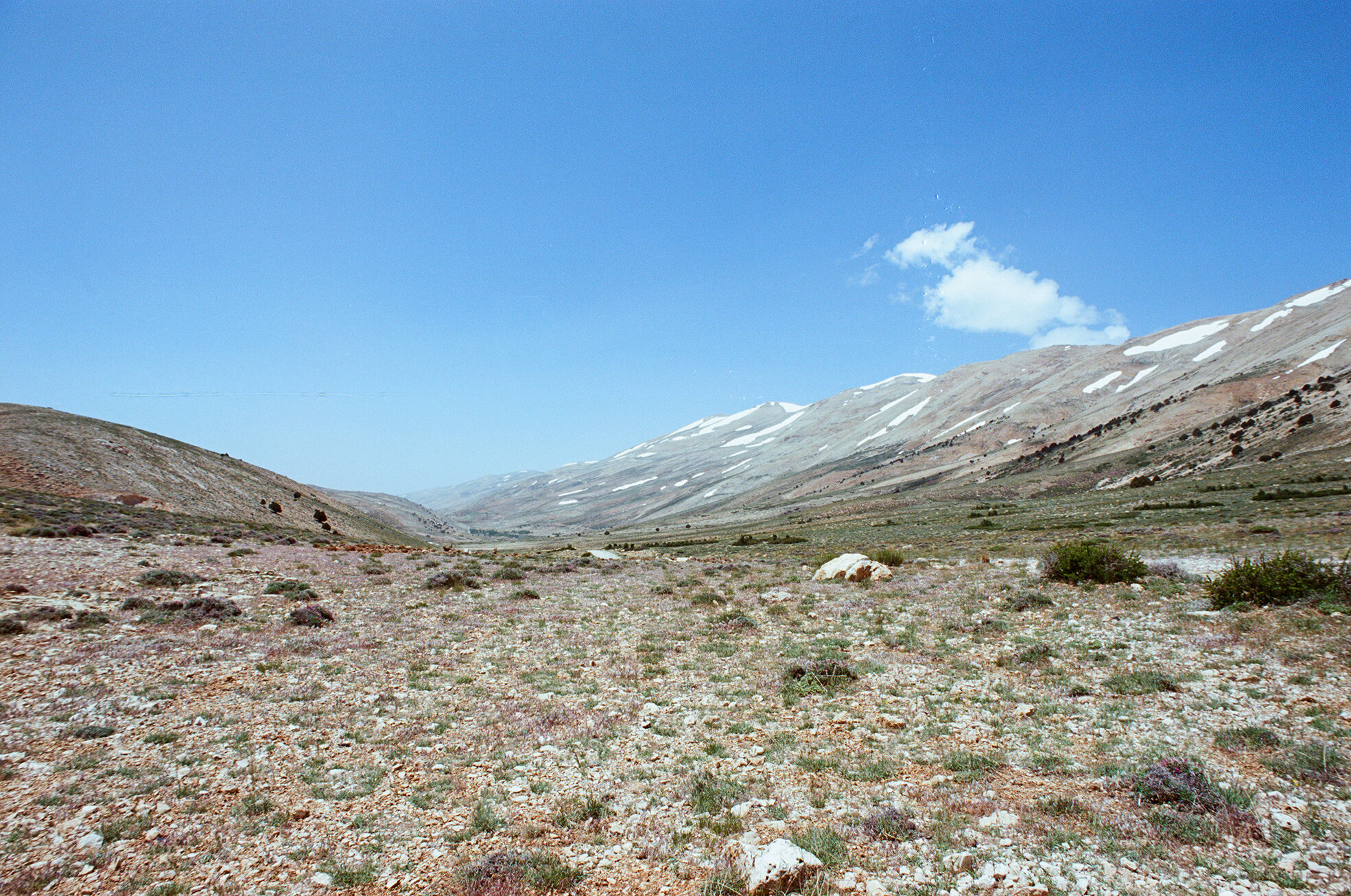
After the last village’s signs of life have disappeared, after the agricultural terraces have turned into arid wilderness, and before the descent into the Beqaa and the beginnings of a new village’s signs of existence, a vast, seemingly untouched nature unfurls.
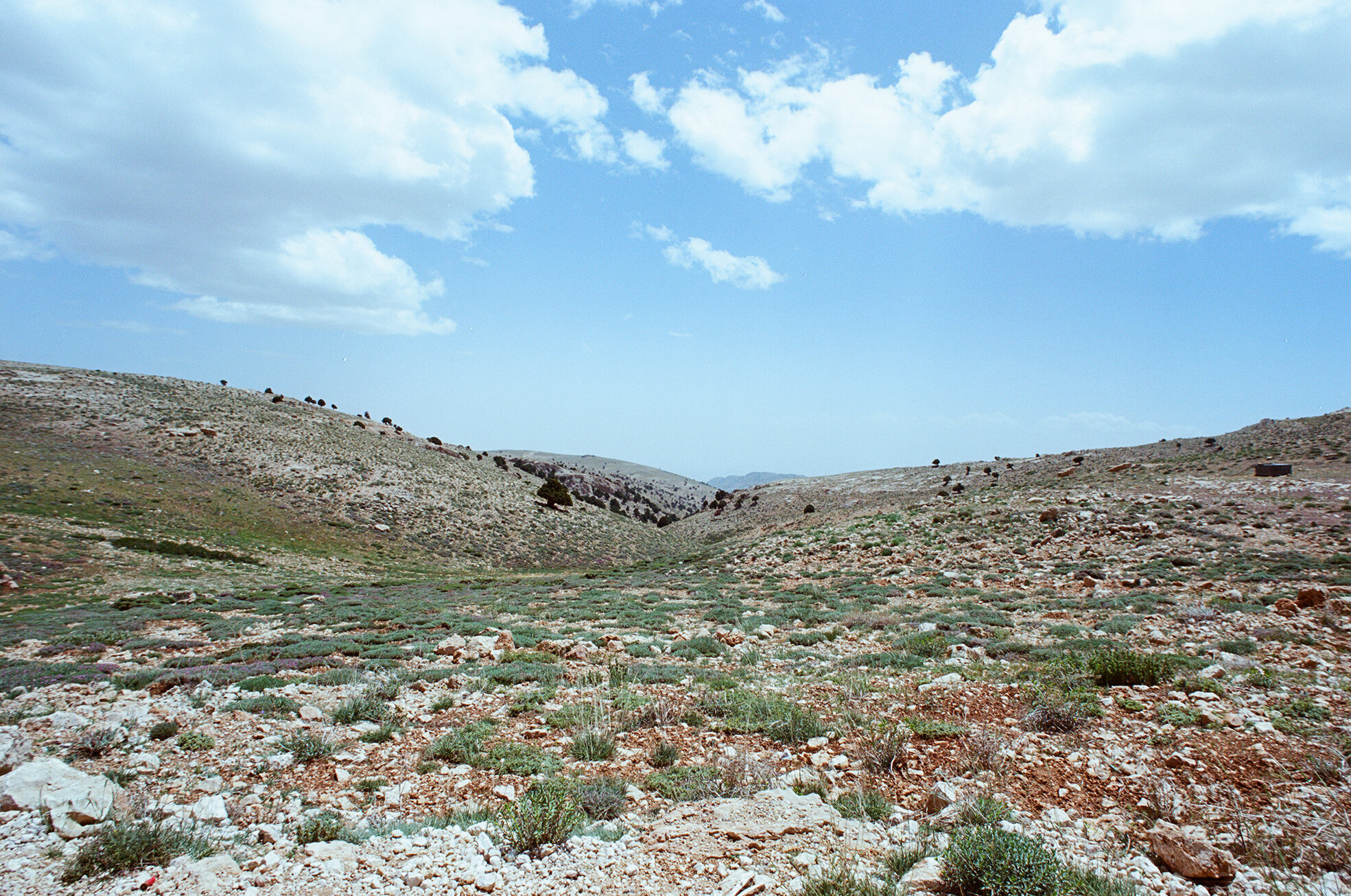
The ridges become vast plateaux.
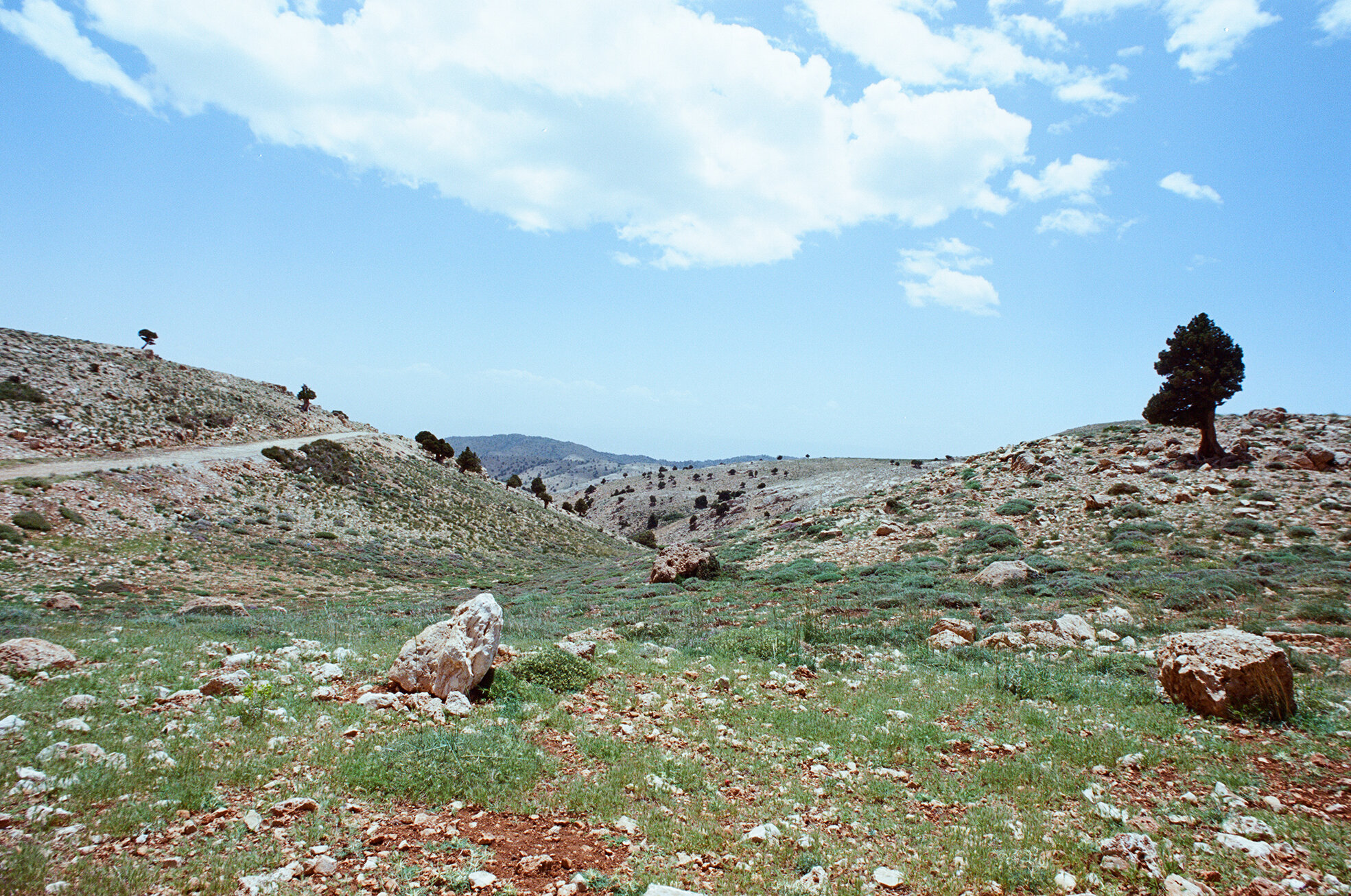
Their boundaries are blurred; their nature often disrupted by unusual signs of life, despite their ostensible abandonment.
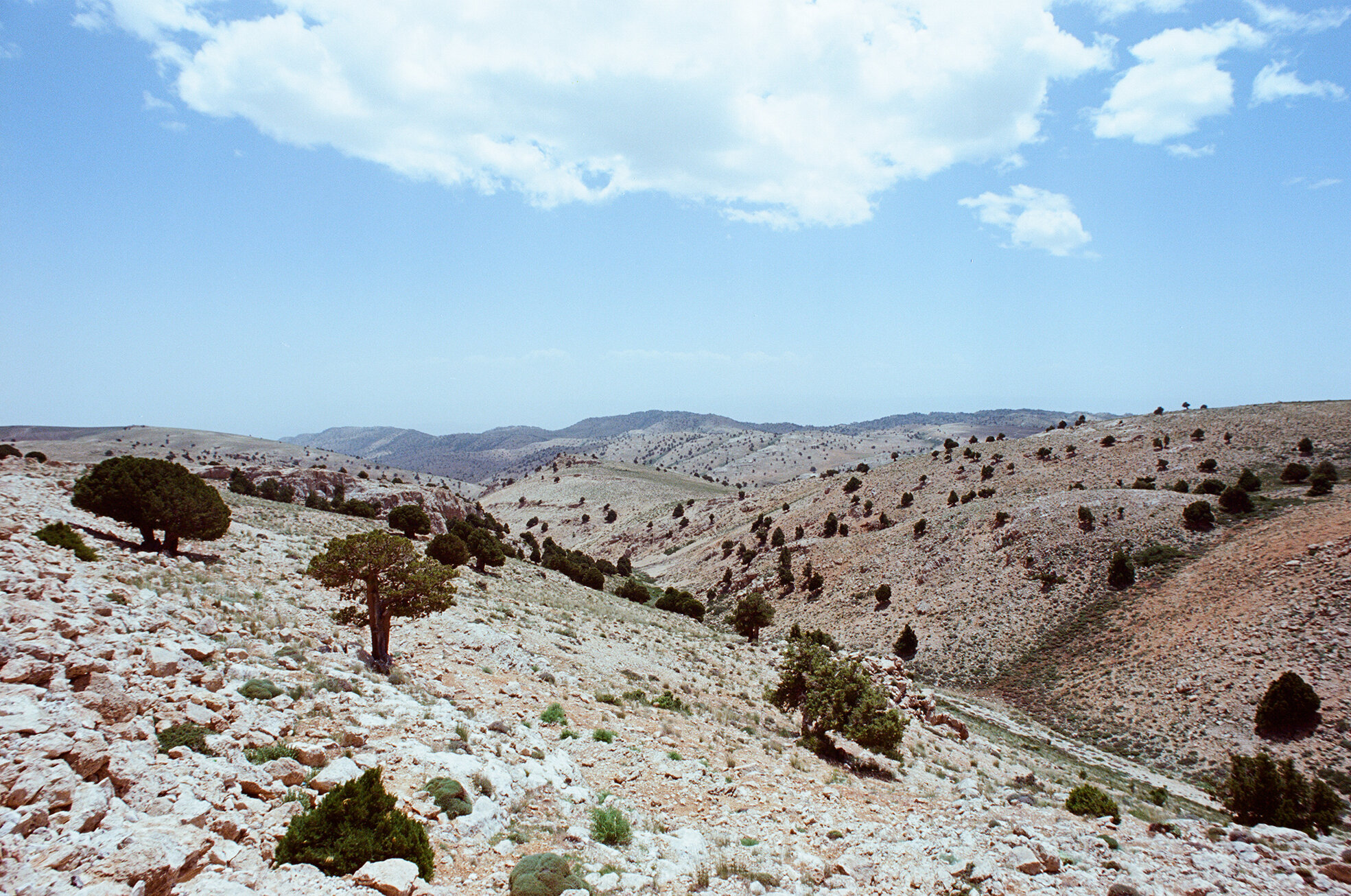
Decaying water channels, trees whose leaves only grow above a sheep’s height, rusting metal parts.

They seem to exist in an exterior, beyond the imagined territory—or perhaps, a forgotten agrarian time.
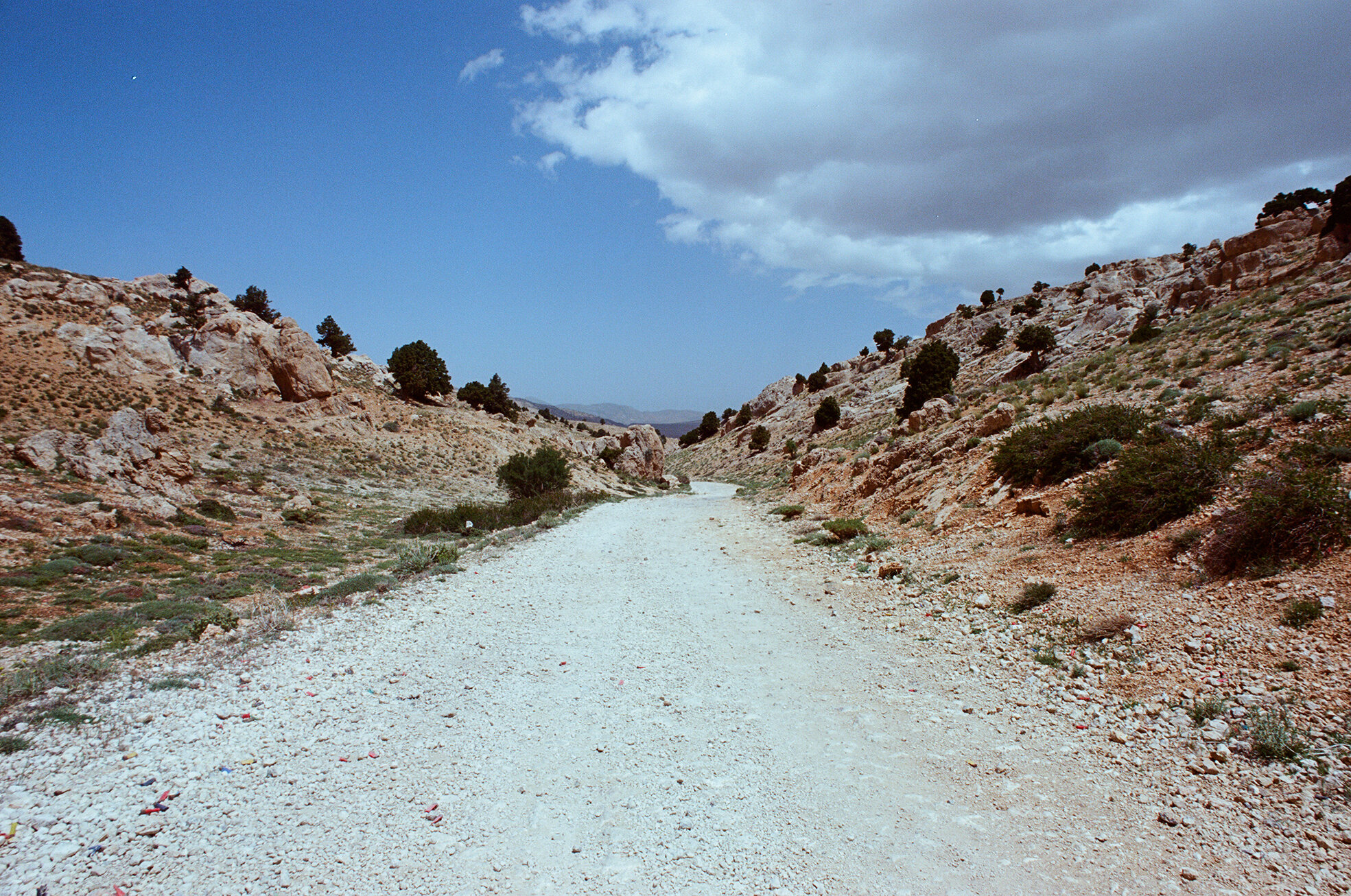

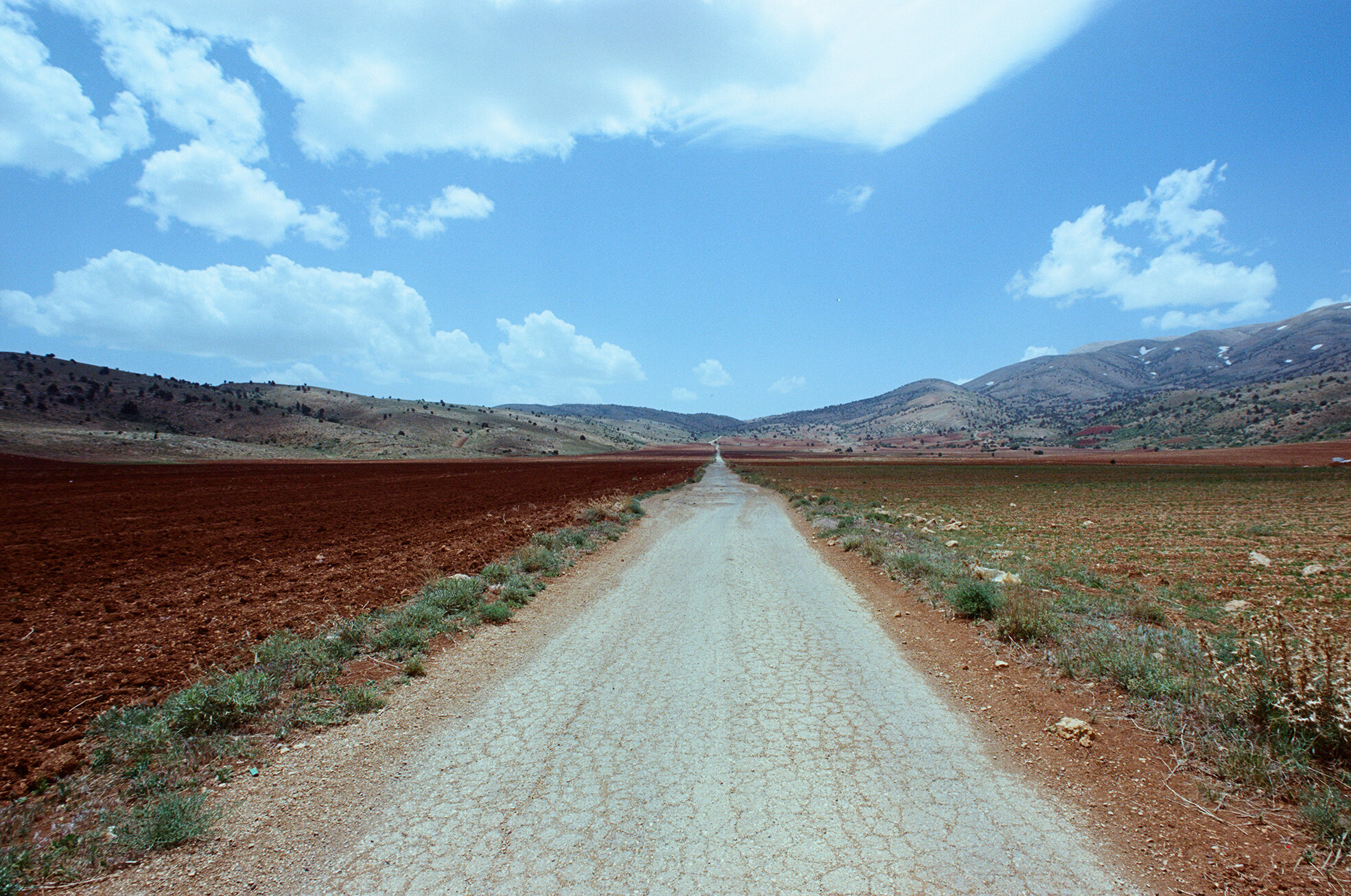
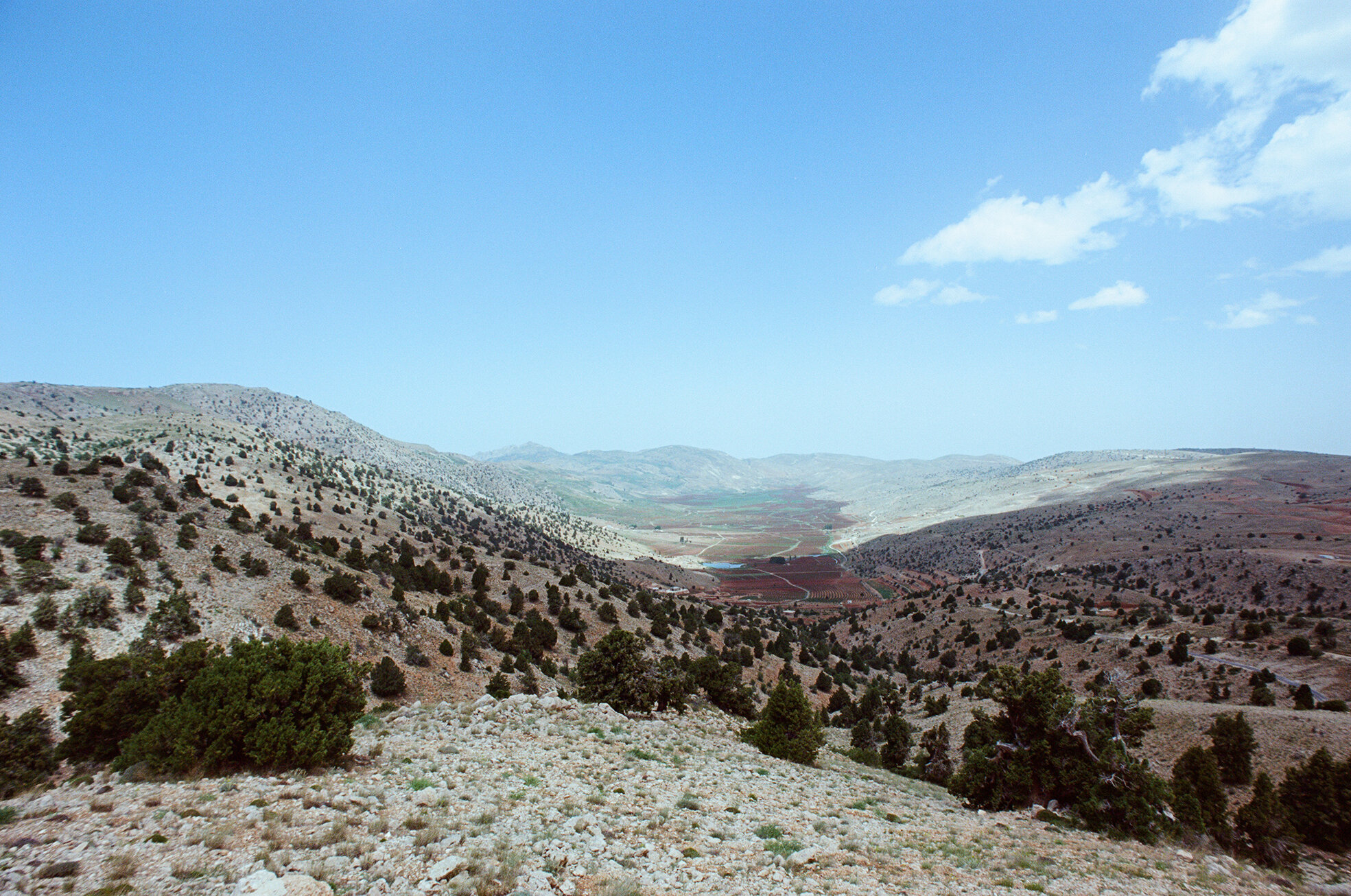
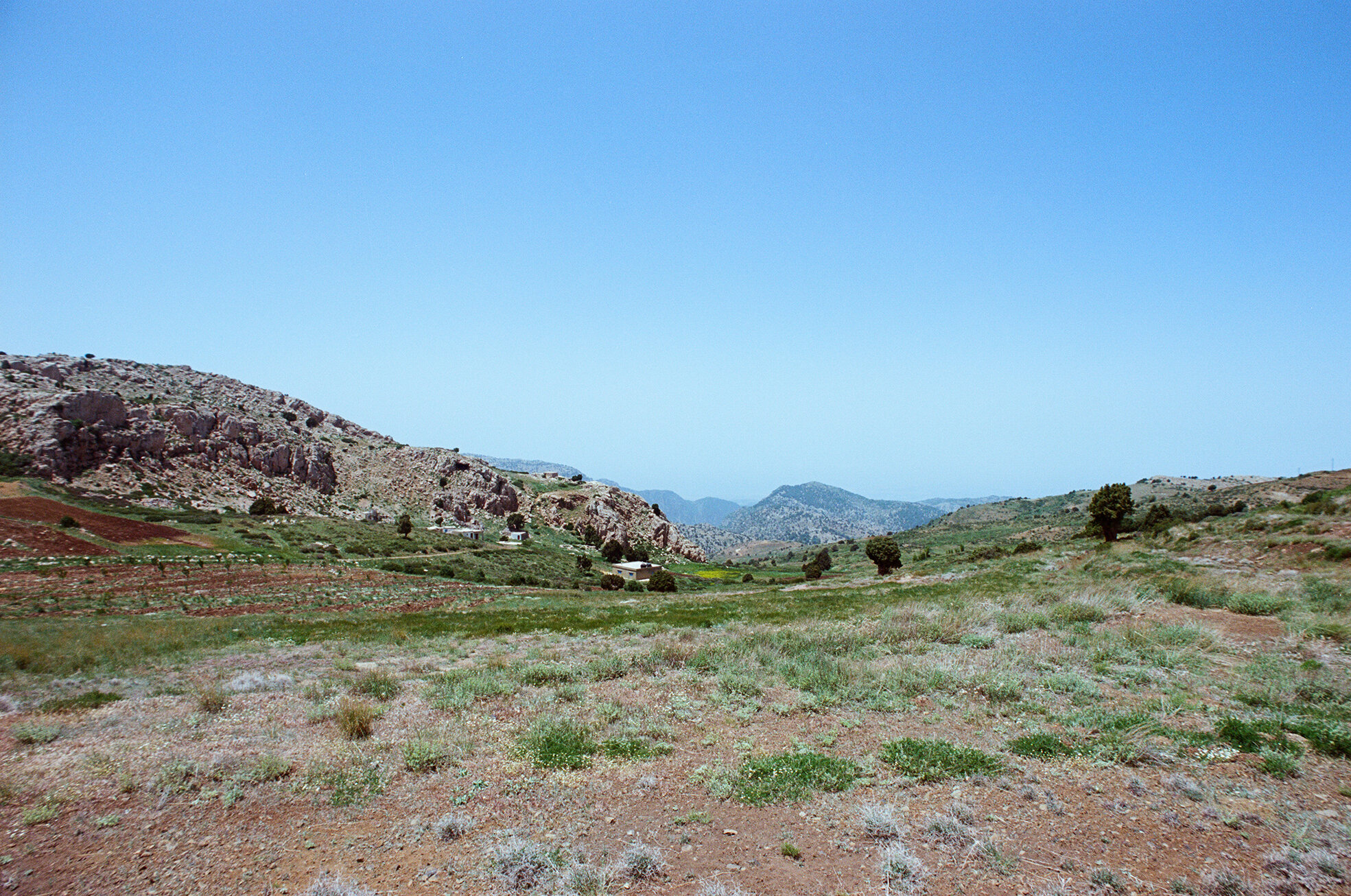
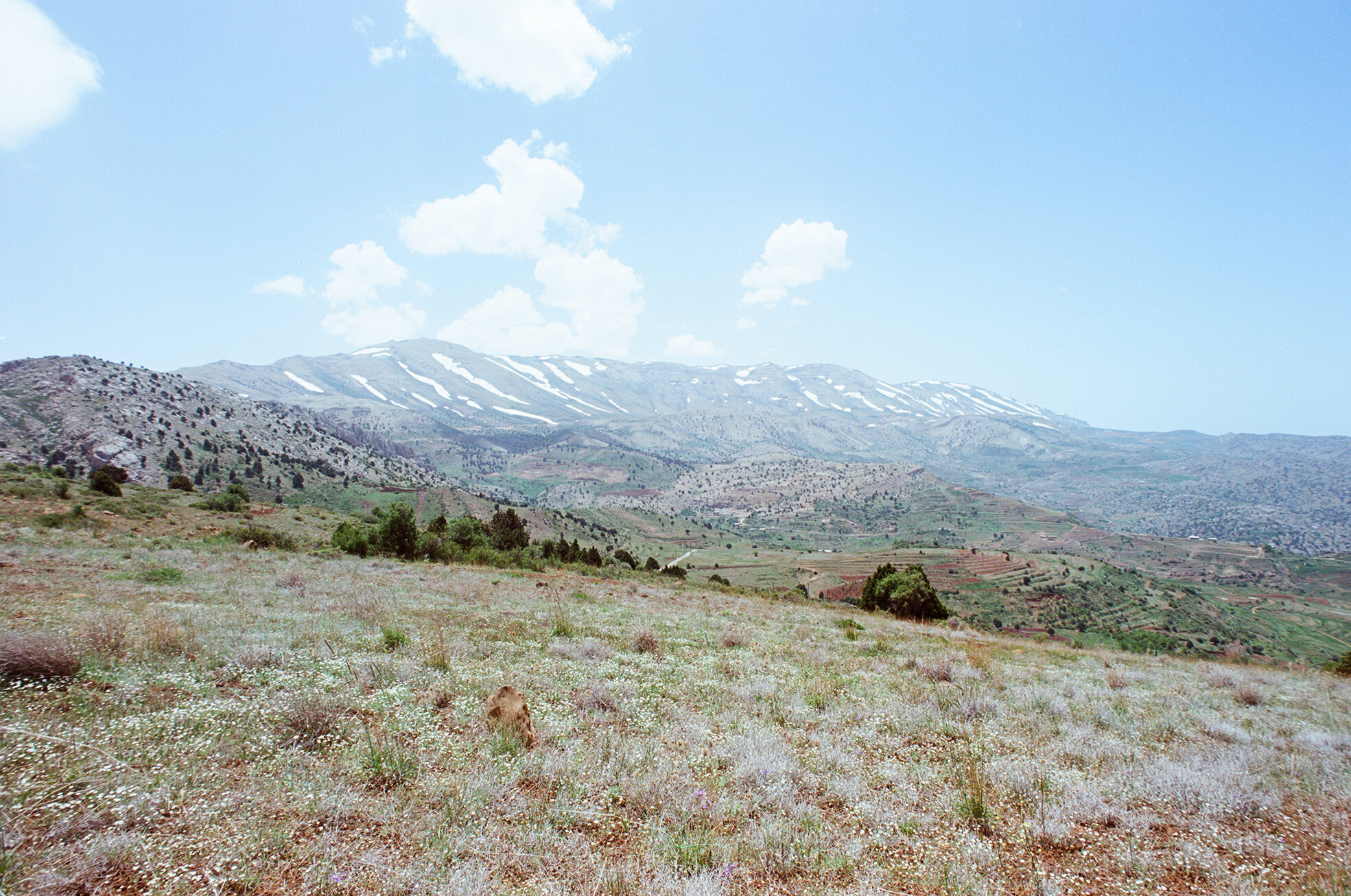
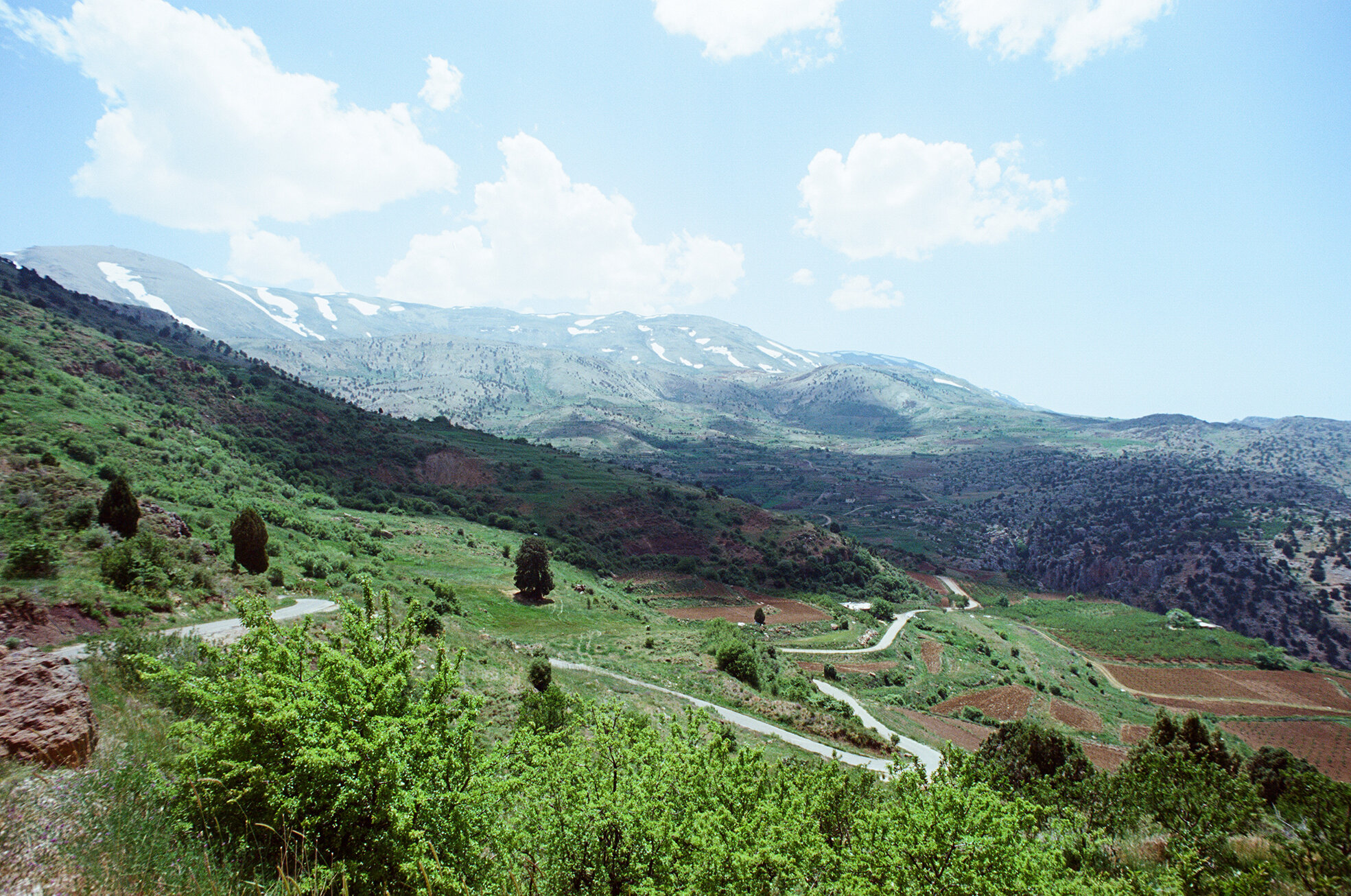
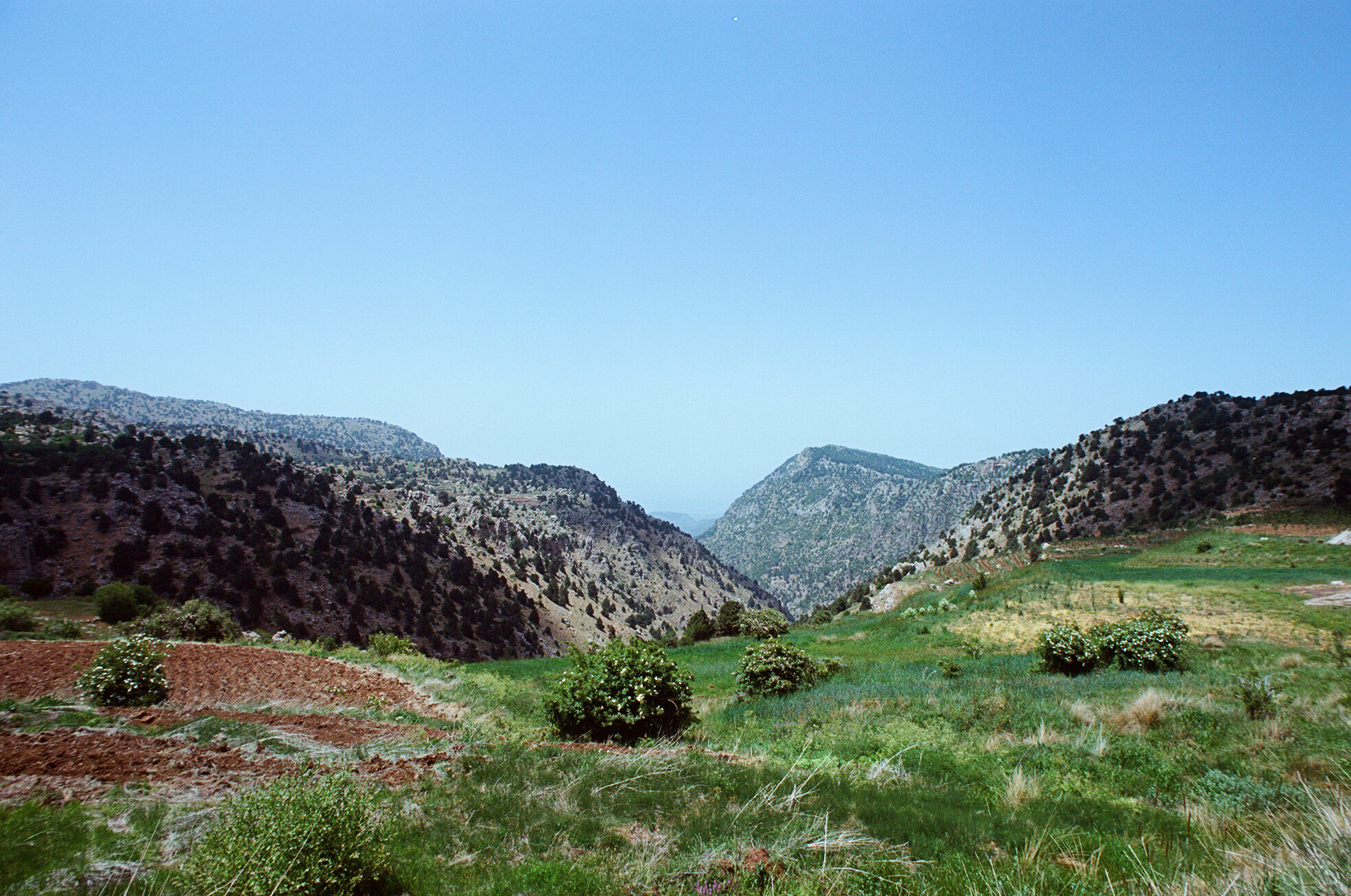
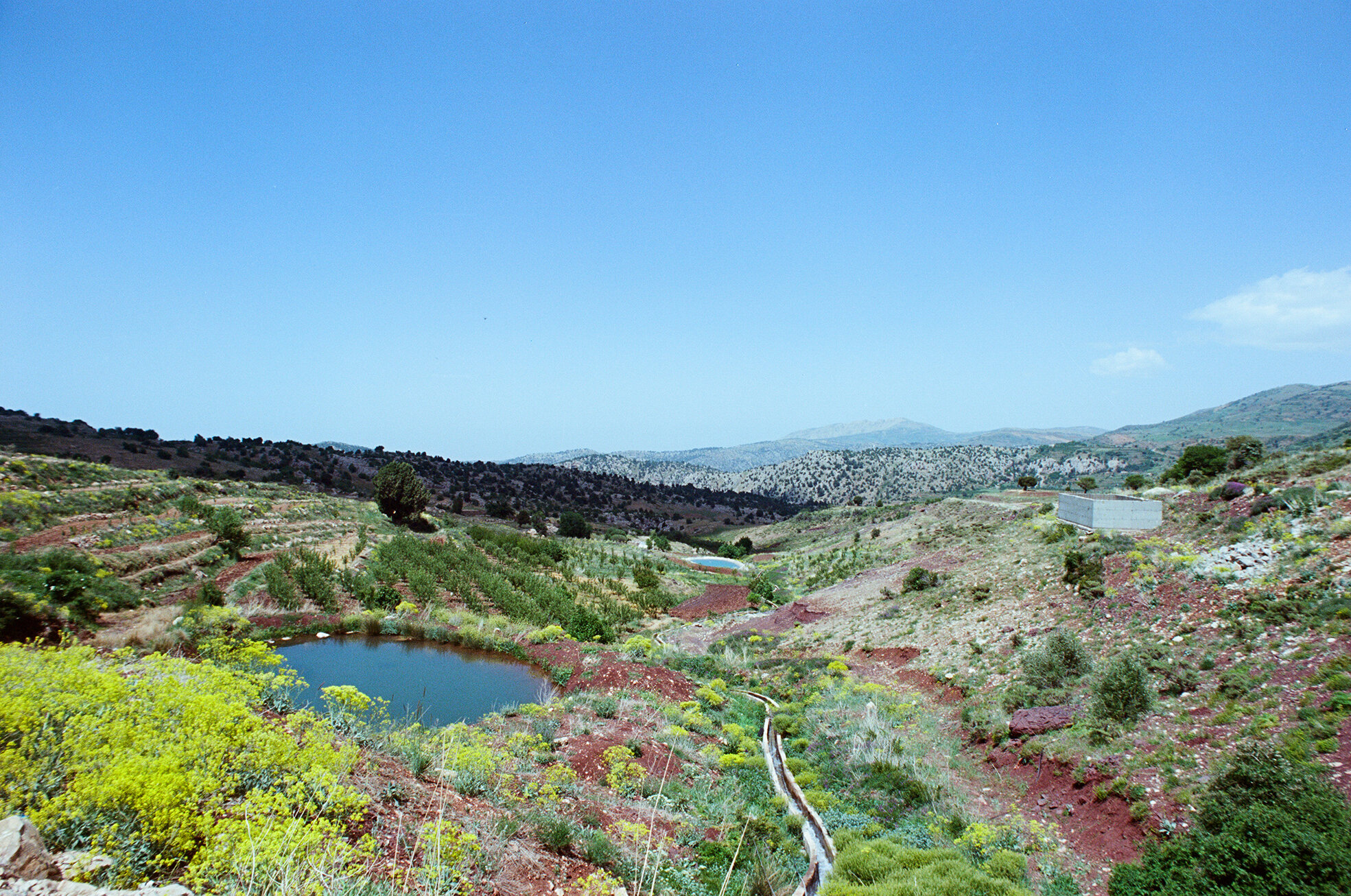



















Partly published in Six, Seven Photography Zine, March 2018.
This series was part of a longer project aiming to document and visualise an alternative understanding of the Lebanese landscape.
A characteristic of the Lebanese territory is its geographic and topographic organisation in linear strips along the coast.
Historic and modern-day routes and towns have developed perpendicularly to its length, crossing above the heights of Mount Lebanon and down into the Beqaa Valley.
In contradistinction to these routes are the landscapes of non-urbanity and unfettered nature that these very roads traverse: the ridges of Mount Lebanon, the lines on the map that define districts, the physical areas that lie beyond the legality of villages, on either side.
Here, a different type of landscape emerges.
After the last village’s signs of life have disappeared, after the agricultural terraces have turned into arid wilderness, and before the descent into the Beqaa and the beginnings of a new village’s signs of existence, a vast, seemingly untouched nature unfurls.
The ridges become vast plateaux.
Their boundaries are blurred; their nature often disrupted by unusual signs of life, despite their ostensible abandonment.
Decaying water channels, trees whose leaves only grow above a sheep’s height, rusting metal parts.
They seem to exist in an exterior, beyond the imagined territory—or perhaps, a forgotten agrarian time.